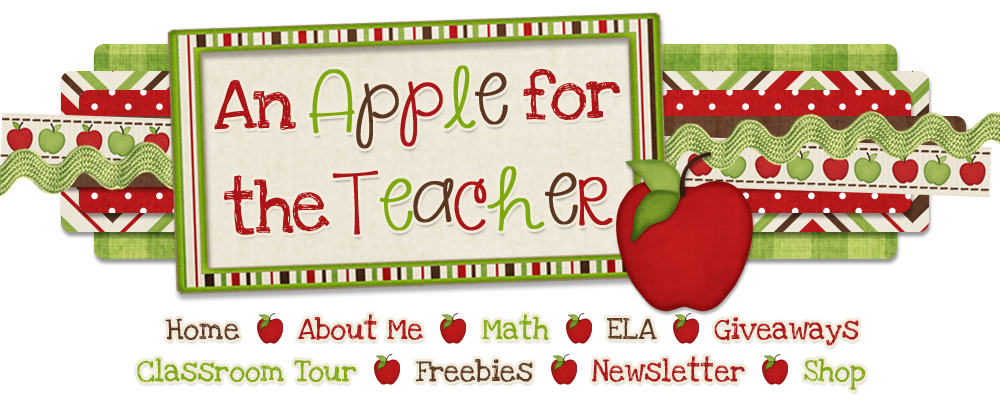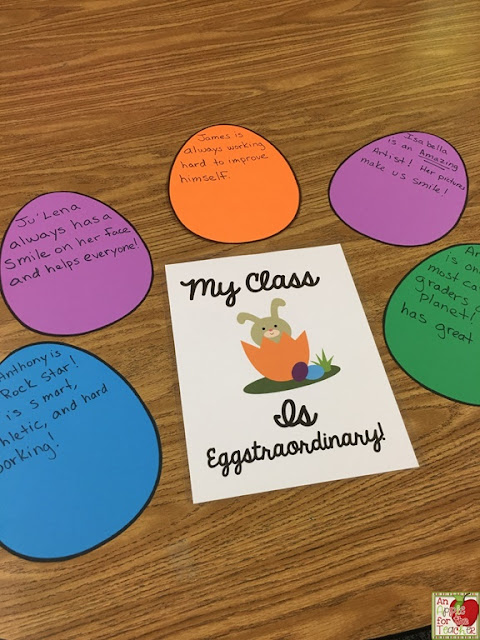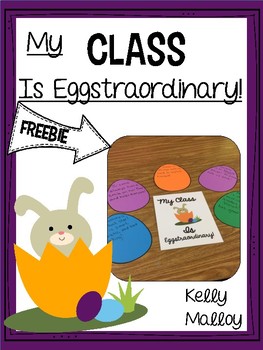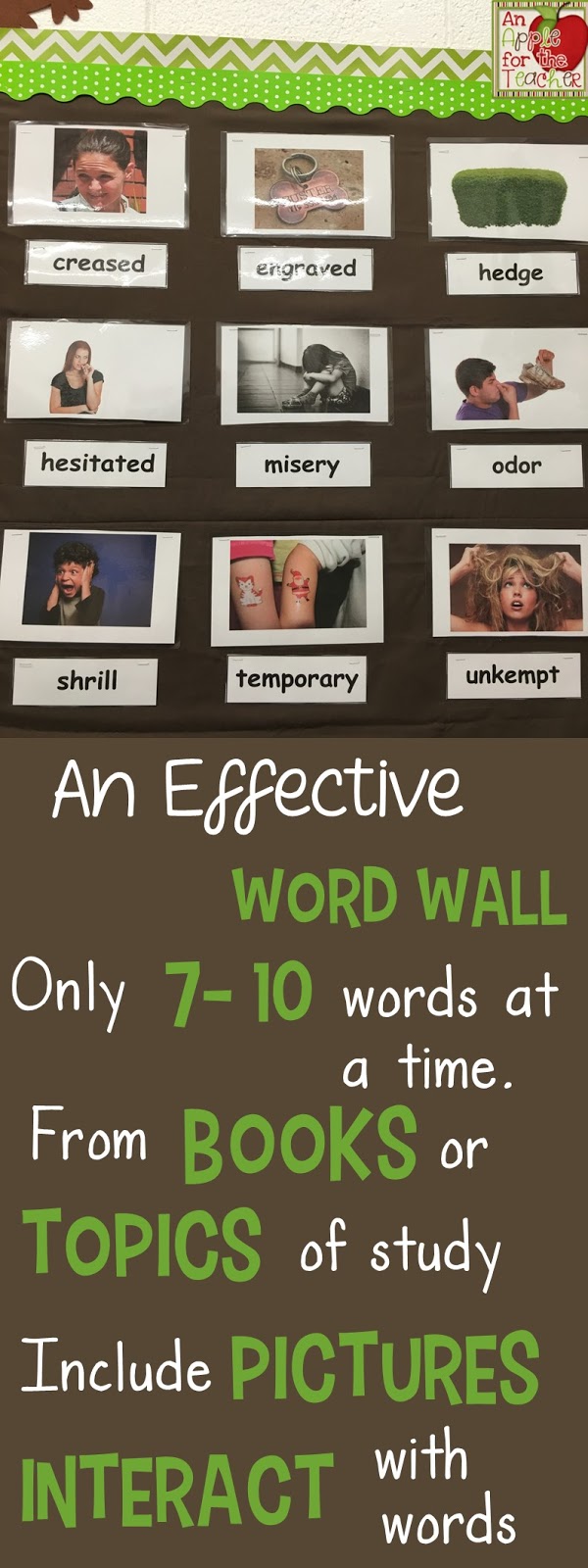Welcome to our book study of The Writing Strategies Book: Your Everything Guide to Developing Skilled Writers by Jennifer Serravallo! I am joining forces with some other fabulous teacher bloggers to discuss the writing strategies we come across in this AMAZING professional text!
Because this book isn't your typical professional development book filled with individual "chapters" of narrative, each teacher blogger will be giving you a glimpse into the 10 goals that are represented in the text. Each goal area is filled with many valuable strategies that will help you to support and guide your students as they become better writers. Keep in mind, we are only highlighting a FEW strategies in each section. There are over 300 strategies in the whole book!
If you missed our other posts you can find them here:
Believe it or not, but Serravallo says that writing instruction can begin before students can write or spell a word. In fact, many experts say that it should be. Serravallo says that by teaching students to write with pictures, they realize that meaning comes first.
Most of the strategies in this section are geared towards young or emergent writers, but I personally believe that even older writers can benefit from drawing as a pre-writing strategy. I have written about using comics to help my reluctant writers in the past.
Serravallo also mentions in this chapter that she struggled with the idea of separating the strategies in this chapter from the others because she believes that the process of good writing that we teach to older students can be taught to younger students as well. As a 4th grade teacher, I believe this goes both ways!
When choosing this as a goal for your students to work on, you may want to consider students who:
* may not know many letters and sounds, or who are just beginning to develop this awareness.
* write words or sentences that are disconnected from meaning.
Focus Strategy 1: Talk (as you Draw)
In this strategy, students talk as they draw, saying more about each part as they draw.
This strategy is definitely one that can be used by writers of all levels! The more kids talk the more they can write. Often students get bogged down with the idea of writing and don't think about the details that they could add.
Focus Strategy 2: Reread Your Pictures So It Sounds like a Storybook
Using this strategy, you ask students to point to the part of the picture that shows the beginning of the story. Ask them to tell it like a story using what the characters say and do.
You can watch a video of a student using this strategy on the product page from the publisher here. Scroll down to Companion Resources - Watch a Student reread her pictures (Strategy 1.3).
Focus Strategy 3: You Can Come Back to a Piece and Do More
I absolutely love that Serravallo includes this idea for revision even for the youngest of writers! I know many of my students often are reluctant to come back to a piece! Maybe if they learned this important skill in their earliest writing instruction it wouldn't be so difficult to get them to do it now.
In this strategy, she recommends telling the student to reread and look at a piece they worked on the last time they write. Ask them to think, "Is there anything else I want to do?" "Is there anything I want to change?"
Again, this strategy can be used with any writer! What a powerful lesson to let them know that they can be in charge of adding details and more information!
If you would like to purchase the book mentioned above, you can find it here.
This post contains affiliate links. I earn a small commission each time someone makes a purchase using one of my links, which helps to support the blog. All opinions are my own and I only promote brands and products that I have used myself and truly love.
If you would like to link up your own blog posts about this book, feel free to do so in the linky below! Don't forget to check out the other bloggers' posts as well as they write them for even more ideas!






























